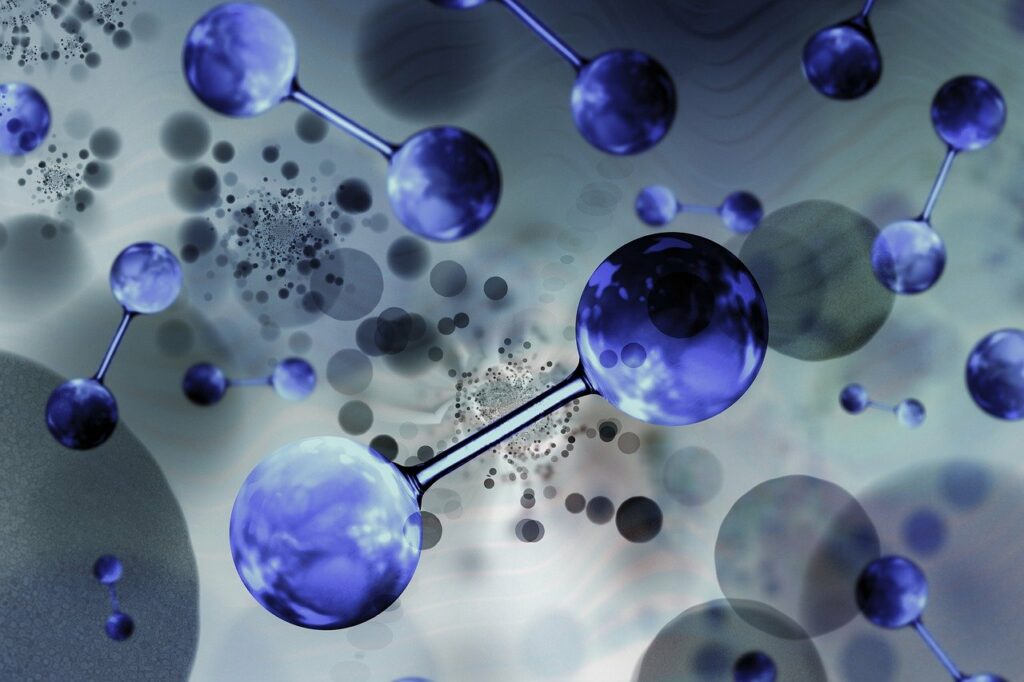In a recent publication in the International Journal of Hydrogen Energy, researchers Dana Alghool, Mohamed Haouari, and Paolo Trucco presented a comparative life cycle assessment (LCA) study titled “It is not the same blue: A comparative LCA study of blue hydrogen supply network pathways.”
This study sheds light on the diverse environmental impacts associated with different blue hydrogen supply networks, emphasizing the need for a nuanced approach to evaluating hydrogen production methods.
As the global energy sector shifts towards sustainability, hydrogen, particularly blue hydrogen, has gained prominence. Blue hydrogen is produced from natural gas with carbon capture and storage (CCS); therefore, it represents a transitional technology bridging fossil fuels and green hydrogen, which is derived from renewable sources. Understanding the environmental implications of blue hydrogen supply chains is crucial for policy-making and industry practices aiming to minimize ecological footprints.
The research by Alghool, Haouari, and Trucco systematically compares various supply networks associated with blue hydrogen production. The study highlights significant variations in environmental impacts depending on the pathways utilized. Key findings from the abstract indicate that not all blue hydrogen is environmentally equal; different production methods and supply chains have distinct ecological outcomes.
Potential Applications
The insights from this LCA study can guide stakeholders in the hydrogen industry to make informed decisions about which blue hydrogen pathways to invest in. For energy producers, this research highlights the importance of selecting supply networks that minimize environmental impact. Policymakers can use the findings to draft regulations and incentives that favor more sustainable blue hydrogen production methods.
As the hydrogen market rapidly grows, distinguishing between greener pathways within blue hydrogen production becomes increasingly critical. Industries and governments worldwide are investing heavily in hydrogen infrastructure, and this study provides a valuable framework for directing those investments towards environmentally friendlier solutions. In doing so, market players can better align with global sustainability goals and regulatory expectations.
Technical Details
This research employs a life cycle assessment (LCA) methodology, a comprehensive approach evaluating the environmental impacts of a product from cradle to grave. By comparing multiple blue hydrogen production pathways, the researchers highlight variations in greenhouse gas emissions, energy use, and other environmental metrics. The abstract suggests a detailed analysis, although specific technical metrics are reserved for the full text.
The study underscores the complexity of assessing hydrogen production’s environmental footprint, advocating for a thorough, pathway-specific approach rather than generalized assumptions. The findings could stimulate further research into optimizing hydrogen supply chains, eventually influencing the broader transition towards renewable energy solutions.
